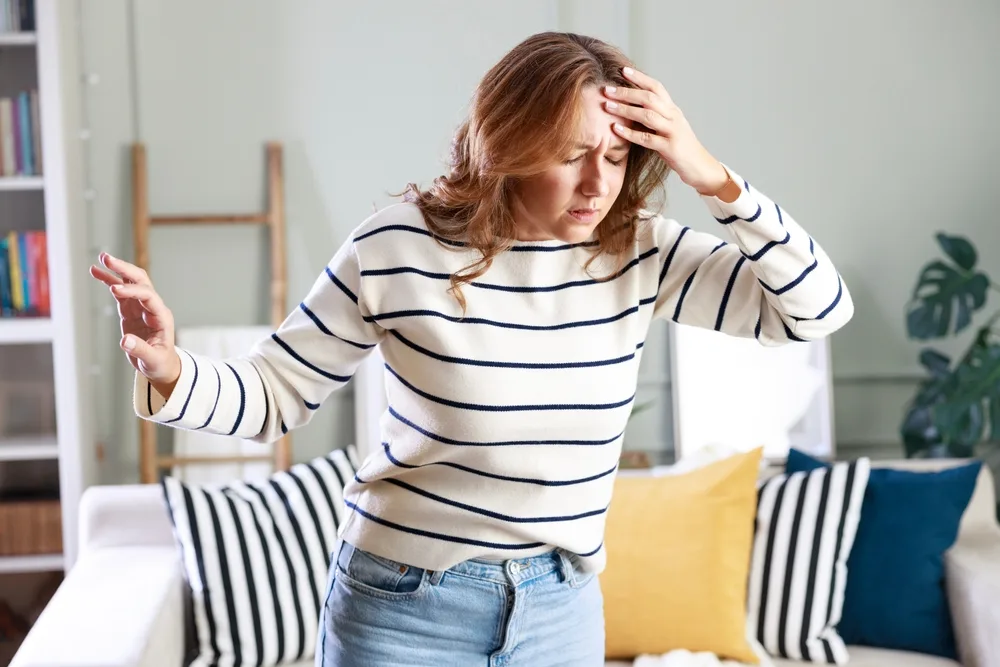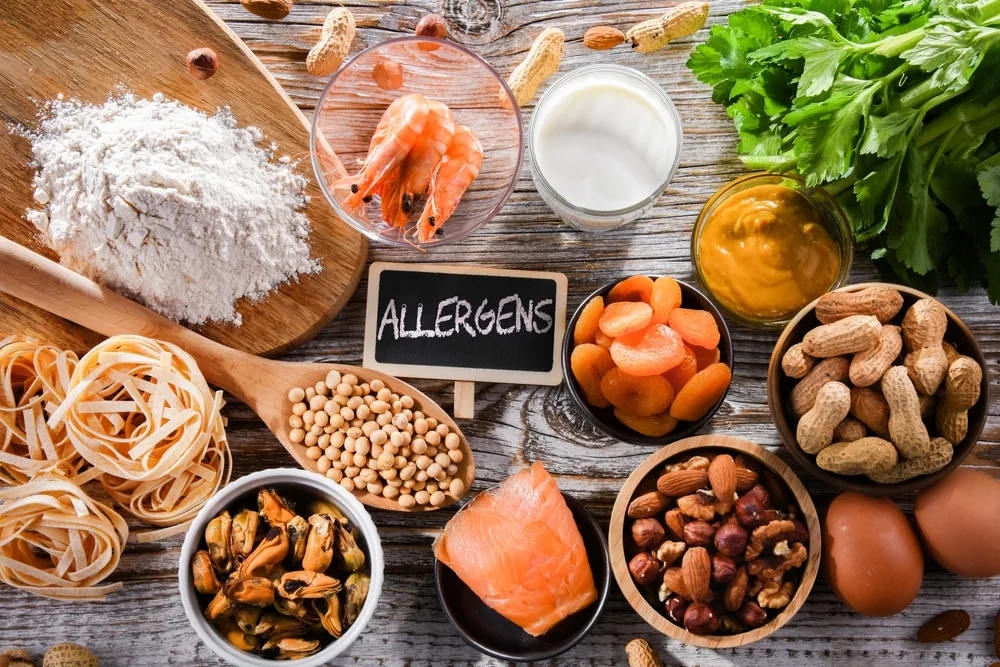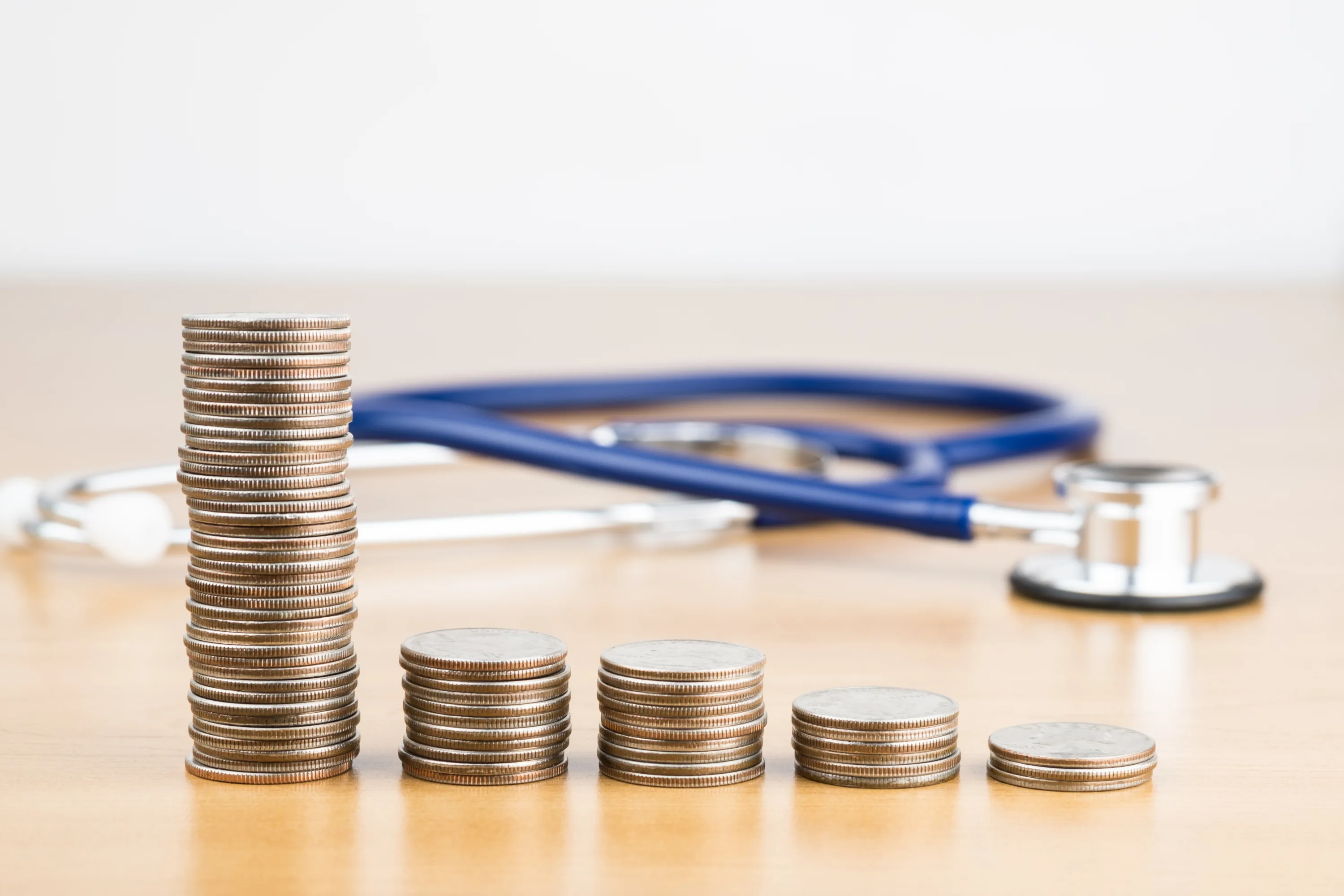
Sleep apnea is a serious breathing pattern disorder that affects people of all ages, including children, but it’s more prevalent in the elderly due to age-related changes to the central nervous system, affecting the way breathing is controlled by the brain.
In addition to age, other risk factors for sleep apnea include family history and genetics, obesity, and unhealthy lifestyle habits such as smoking and drinking alcohol. The airway collapse is the physiologic definition of sleep apnea. This chronic disorder is considered a serious public health issue and April 18 is Sleep Apnea Awareness Day.
There are 3 types of sleep apnea:
- Obstructive sleep apnea (OSA) – the most common type of sleep apnea and the second most diagnosed breathing condition ( after asthma), OSA occurs when breathing is interrupted during sleep repeatedly, for periods of 10 seconds or more. It’s more common in obese/. overweight people and affects more than 30 million adults in the US.
- Central sleep apnea – occurs when the brain stem ( that controls breathing) is less sensitive to changes in the blood levels of carbon dioxide. People with this type of sleep apnea (some with heart failure) consequently breathe more slowly and less deeply than those who breathe normally ( e.g. Ondine curse, a form of central sleep apnea may be fatal in newborns)
- Mixed ( obstructive & central) sleep apnea – both obstructive and central factors occur in the same apneic episode. Mixed sleep apnea episodes are often treated as obstructive sleep apnea episodes.
In addition to genetic factors, sleep apnea causes include endocrine disorders, obesity, enlarged tonsils ( especially in children), premature birth, kidney and/or heart failure, and neurodegenerative disorders.
Diagnosis of Sleep Apnea
Physicians typically use questionnaires to screen patients for sleep apnea symptoms such as sleepiness during the day, snoring, gasping during sleep, the inability to get a good night’s sleep, fatigue, sudden awakening with a snort, decreased focus and cognition, and more. The diagnosis of sleep apnea is confirmed in a sleep lab using a sleep study known as polysomnography, which further helps physicians distinguish between central sleep apnea and obstructive sleep apnea.
The test result is called a PSG. In this sleep study, EEG is used to monitor changes in eye movements and sleep levels, oximetry is used to measure the blood oxygen levels, while airflow and pattern of breathing are measured using devices and a monitor, respectively. If central sleep apnea is suspected by a physician, testing may not be needed to confirm the diagnosis.
What Does Sleep Apnea Feel Like?
People who suffer from sleep apnea ( whether diagnosed or undiagnosed) experience episodes of choking and/or gasping during sleep ( called apneic episodes), shallow breathing, or pauses in breathing that can last 10 seconds or more, and anywhere from 5 to 30 or more episodes of interrupted breathing during sleep per hour. They are also extremely sleepy during the day and this makes it very difficult for them not only to take care of their work and family responsibilities but also to enjoy life. Excessive daytime sleepiness is the most common side effect of sleep apnea.
What Can Sleep Apnea Cause?
Untreated sleep apnea (OSA in particular) can negatively impact the sufferer’s overall health and behavior. It can result in excessive daytime sleepiness, decreased daytime function, and interference with daily activities, alterations in mood, as well as impaired mental activity and cognitive function.
If left untreated, sleep apnea (especially severe forms of sleep apnea) can significantly increase the risk of conditions such as stroke, heart disease/failure, arrhythmia ( irregular heartbeat), diabetes type 1, hypertension ( high blood pressure), glaucoma, and major depressive disorder, as well as the risk of car accidents for sleep apnea sufferers who drive or work accidents for those who operate heavy machinery ( due to excessive daytime sleepiness associated with this respiratory disorder). Other sleep apnea complications include behavioral and mental disorders and even cancer.
Treatments for Sleep Apnea
Sleep apnea treatment depends on the specific type of sleep apnea that a person suffers from. Obstructive sleep apnea treatment and most often mixed sleep apnea treatment differ from central apnea treatment. With proper treatment, the prognosis for obstructive sleep apnea is excellent. Treatment for OSA is focused on lifestyle remedies and continuous positive airway pressure (CPAP), a breathing device that delivers higher pressure in the airway. Sleep apnea treatment without CPAP includes alternative sleep apnea treatment such as nasal EPAP, oral appliances, including innovative ones such as tongue retraining or repositioning devices, surgical procedures ) called sleep surgery) to correct the airway obstruction, electrical stimulation, and drug treatment.
- Healthy Lifestyle Changes
Adopting healthy lifestyle changes as part of behavioral therapy is especially important if you are diagnosed with obstructive sleep apnea. Your physician may recommend the following sleep apnea lifestyle remedies:
- A healthy and balanced diet, rich in heart-healthy foods such as vegetables and fruits, whole grains, fat-free dairy or healthier dairy substitutes, protein-rich foods ( eggs, nuts, seeds, tofu, legumes, fish), and foods high in monounsaturated & polyunsaturated fats ( olive oil, avocados, nuts, seeds, etc.)
- Losing weight, because obesity/being overweight is a major cause of sleep apnea, causing fatty tissue to build up in the airway area, and evidence suggests that sleep apnea severity can decrease significantly in obese people who lose weight
- Getting regular physical activity to help not only with weight loss but also with reducing bad cholesterol, which is a risk factor for central sleep apnea
- Limiting alcohol intake, because alcohol causes the muscles in the throat to relax, narrowing the upper airway
- Quitting smoking, because smoking can exacerbate the symptoms of sleep apnea, especially OSA, by causing the upper airway to become inflamed
- Avoiding sleeping pills, because they can also cause relaxation of the muscles in the throat, resulting in airway collapse during sleep.
- Continuous Positive Airway Pressure (CPAP) Machine and Other Breathing Devices
People diagnosed with obstructive sleep apnea benefit the most from CPAP therapy. For more than 25 years, the main treatment for obstructive sleep apnea has been CPAP therapy. By introducing a column of air that works as a pneumatic splint for the upper airway, CPAP therapy helps prevent airway collapse. This therapy consists of breathing through a nose or face mask that is connected to a CPAP machine. The slightly increased pressure provided by the machine helps keep the upper airway open as the patient inhales. The delivered air can be humidified or not. During the first 2 weeks of CPAP therapy, close follow-up is needed to ensure adequate mask fit.
- New Sleep Apnea Treatment: Oral Pressure Therapy and Novel Oral Appliances
Preliminary evidence suggests that oral pressure therapy is well tolerated and may be effective in treating obstructive sleep apnea (OSA). This therapy involves a system ( e.g. the Winx device) that consists of a vacuum pump, a mouthpiece, tubing, and a console. It works by applying the vacuum pump to the oropharynx in order to stabilize the tongue and move the soft palate forward through continuous negative pressure in the oral cavity, which helps reduce the upper airway obstruction.
New oral appliances used for the treatment of OSA include devices that stabilize, reposition, or restrain the tongue, as well as full breath solution appliances. A randomized study in which a mandibular advancement device was compared with a tongue- stabilizing device that makes use of suction to protrude the tongue showed that although both were effective in relieving sleep apnea symptoms, the mandibular advancement device was preferred by the participants, being better tolerated. A full breath solution appliance also serves to prevent the tongue from obstructing the upper airway, but compliance was found to be poor as well.
- Upper Airway Stimulation
This procedure may be especially effective in the treatment of moderate to severe OSA who cannot tolerate CPAP or prefer sleep apnea treatment without CPAP. This procedure involves an implanted electrical device that serves to activate one of the two hypoglossal nerves ( 12th cranial nerves) in order to help reduce the upper airway obstruction.
- Sleep Surgery and Nasal EPAP For Sleep Apnea
Several surgical procedures can be used to address the specific obstruction and correct both the nasal and oropharynx passages in order to prevent the airway collapse. Surgery to remove the enlarged tonsils and adenoids is the most common treatment of sleep apnea in children. Nasal EPAP is a device that looks like a bandage that is applied over the nostrils to create positive airway pressure, making it an alternative sleep apnea treatment to CPAP.
By Admin –



